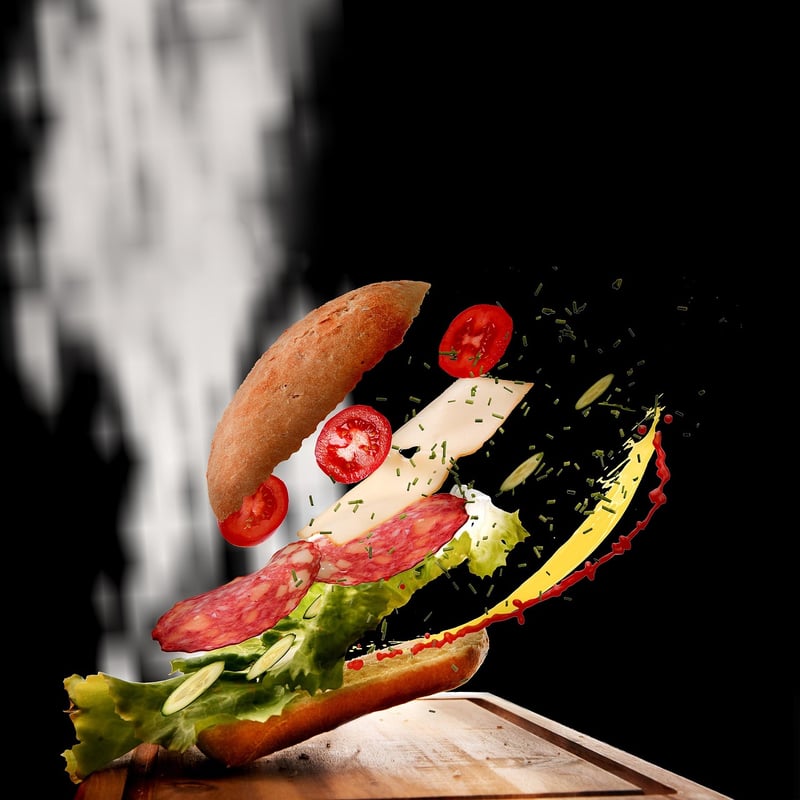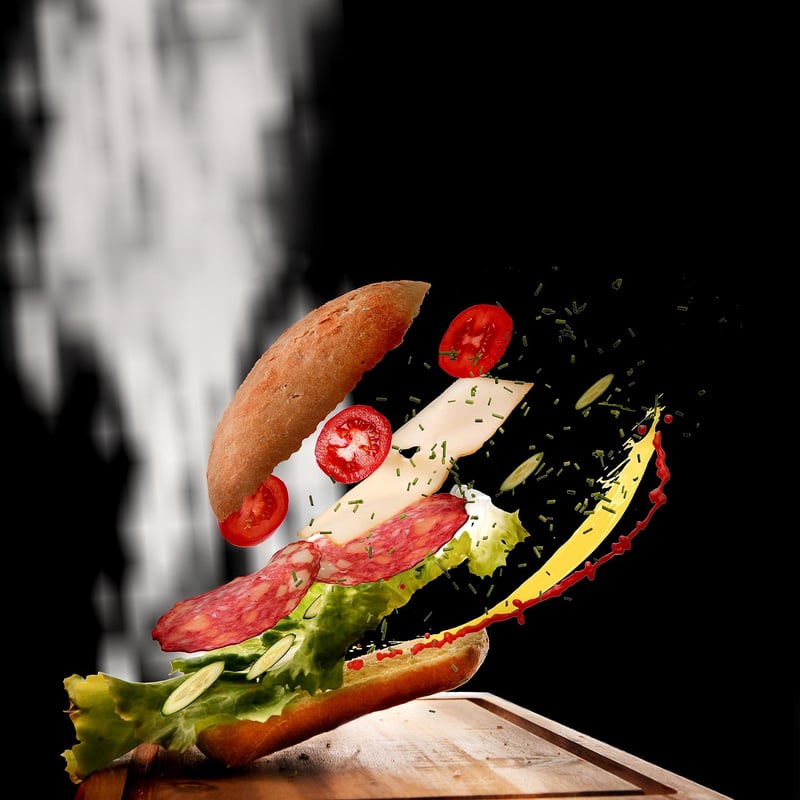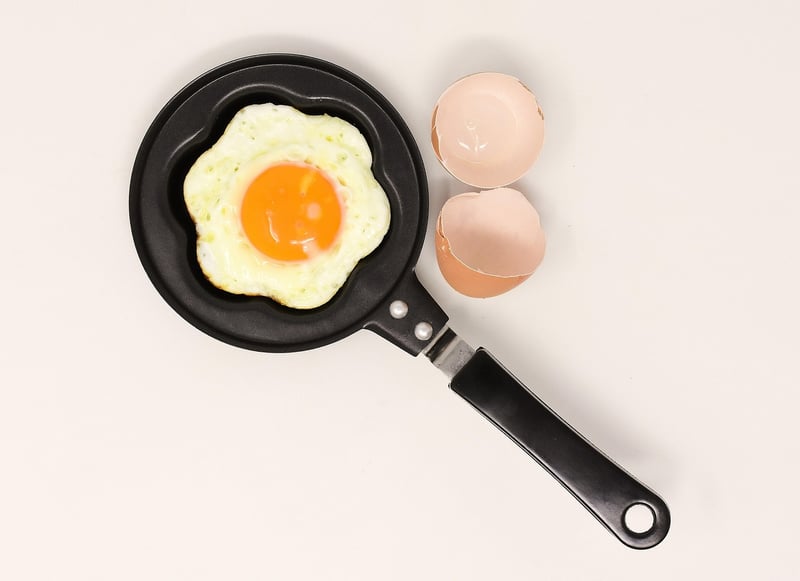Science-inspired Cooking Methods
Exploring Science-Inspired Cooking Methods
Science and cooking may seem like an unlikely pair, but the fusion of these two fields has led to some incredible innovations in the culinary world. By applying scientific principles to cooking, chefs have been able to elevate traditional recipes, create new taste sensations, and push the boundaries of what is possible in the kitchen. Let's delve into some of the most fascinating science-inspired cooking methods that are revolutionizing the way we approach food.
1. Sous Vide Cooking
Sous vide, which means "under vacuum" in French, is a cooking method that involves vacuum-sealing food in a bag and cooking it in a water bath at a precise temperature. This technique ensures that the food is cooked evenly and retains its moisture, resulting in incredibly tender and flavorful dishes. The precise temperature control allows for perfect doneness every time, making it a favorite among professional chefs and home cooks alike.

2. Molecular Gastronomy
Molecular gastronomy is a branch of food science that explores the physical and chemical transformations that occur during cooking. Chefs use techniques like spherification, foams, and gels to create dishes that challenge our perceptions of taste and texture. By manipulating ingredients at a molecular level, chefs can create visually stunning and innovative dishes that push the boundaries of traditional cooking.

3. Sous Vide Egg Cooking
Sous vide egg cooking is a technique that has gained popularity for its ability to achieve the perfect egg texture every time. By cooking eggs in a water bath at a precise temperature for an extended period, you can achieve custard-like yolks and silky whites that are impossible to achieve through traditional methods. This technique is versatile and can be used to create everything from poached eggs to custards and desserts.

4. Freeze Drying
Freeze drying is a process that involves freezing food and then removing the water content through sublimation, resulting in a lightweight and crispy texture. This technique is commonly used to create unique ingredients like astronaut ice cream and freeze-dried fruits. Freeze-dried ingredients have a long shelf life and can add a crunchy texture to dishes, making them a favorite among chefs looking to add a creative twist to their recipes.

By incorporating these science-inspired cooking methods into your culinary repertoire, you can elevate your dishes to new heights and impress your friends and family with your innovative approach to cooking. Experiment with these techniques in your kitchen and unleash your creativity to create dishes that are as visually stunning as they are delicious.
Embrace the intersection of science and cooking to unlock a world of culinary possibilities!
